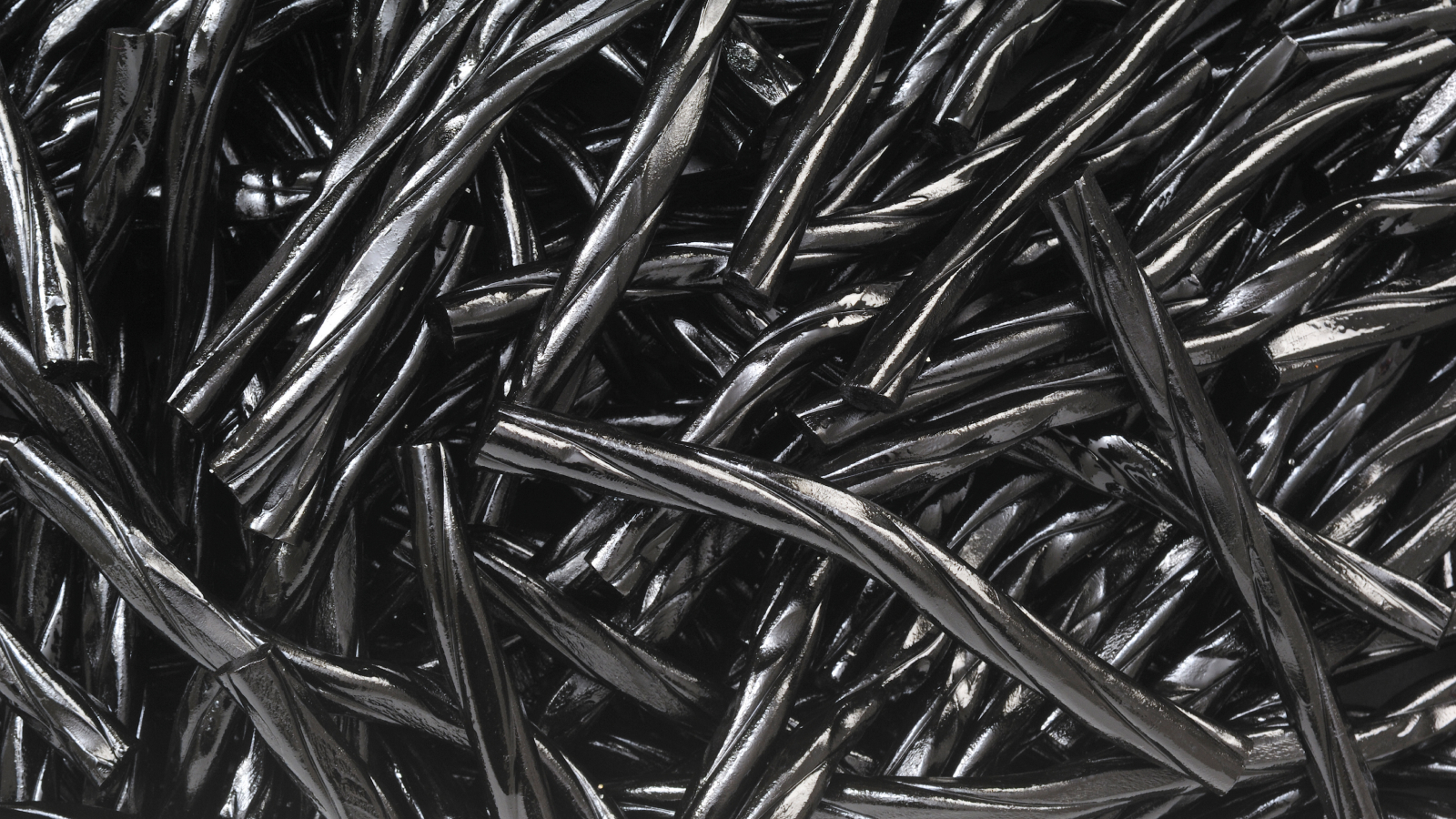Sensors, Vol. 23, Pages 5158: Human Exteroception during Object Handling with an Upper Limb Exoskeleton
Sensors doi: 10.3390/s23115158
Authors: Dorine Arcangeli Océane Dubois Agnès Roby-Brami Sylvain Famié Giovanni de Marco Gabriel Arnold Nathanaël Jarrassé Ross Parry
Upper limb exoskeletons may confer significant mechanical advantages across a range of tasks. The potential consequences of the exoskeleton upon the user’s sensorimotor capacities however, remain poorly understood. The purpose of this study was to examine how the physical coupling of the user’s arm to an upper limb exoskeleton influenced the perception of handheld objects. In the experimental protocol, participants were required to estimate the length of a series of bars held in their dominant right hand, in the absence of visual feedback. Their performance in conditions with an exoskeleton fixed to the forearm and upper arm was compared to conditions without the upper limb exoskeleton. Experiment 1 was designed to verify the effects of attaching an exoskeleton to the upper limb, with object handling limited to rotations of the wrist only. Experiment 2 was designed to verify the effects of the structure, and its mass, with combined movements of the wrist, elbow, and shoulder. Statistical analysis indicated that movements performed with the exoskeleton did not significantly affect perception of the handheld object in experiment 1 (BF01 = 2.3) or experiment 2 (BF01 = 4.3). These findings suggest that while the integration of an exoskeleton complexifies the architecture of the upper limb effector, this does not necessarily impede transmission of the mechanical information required for human exteroception.

 1 year ago
43
1 year ago
43


